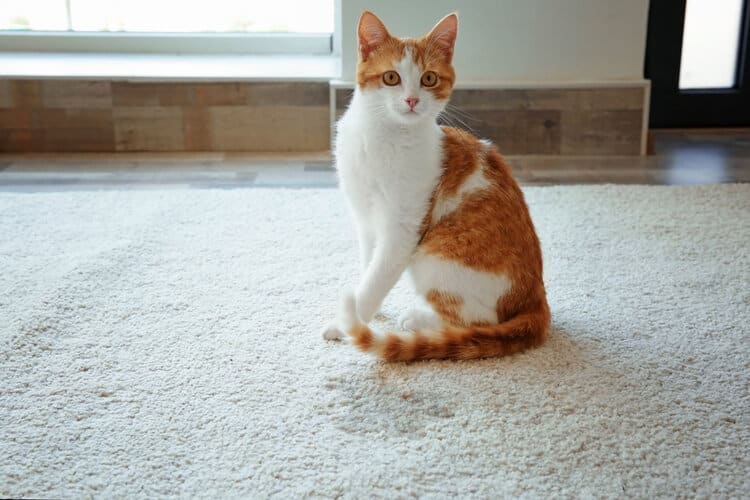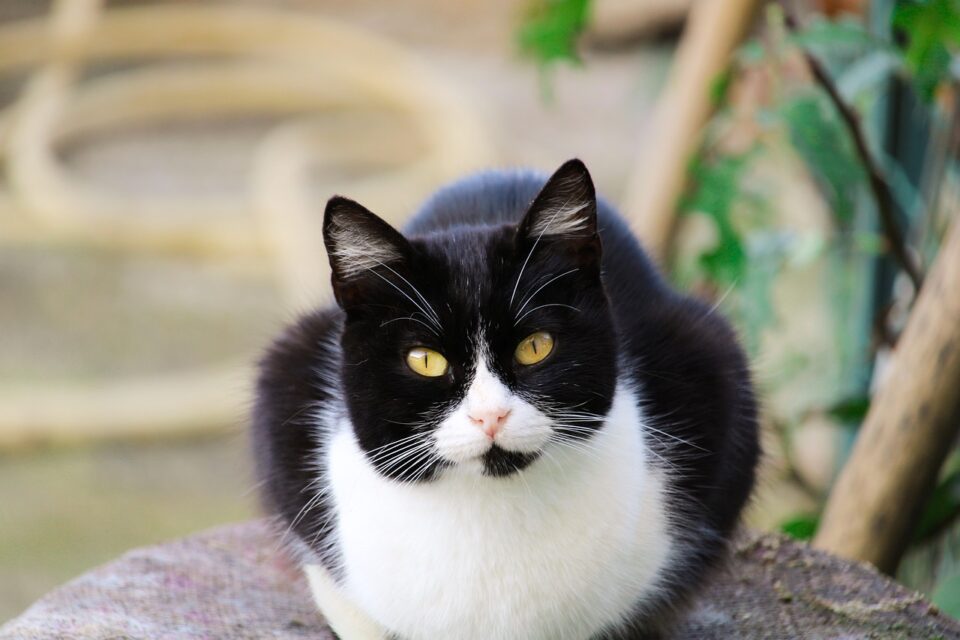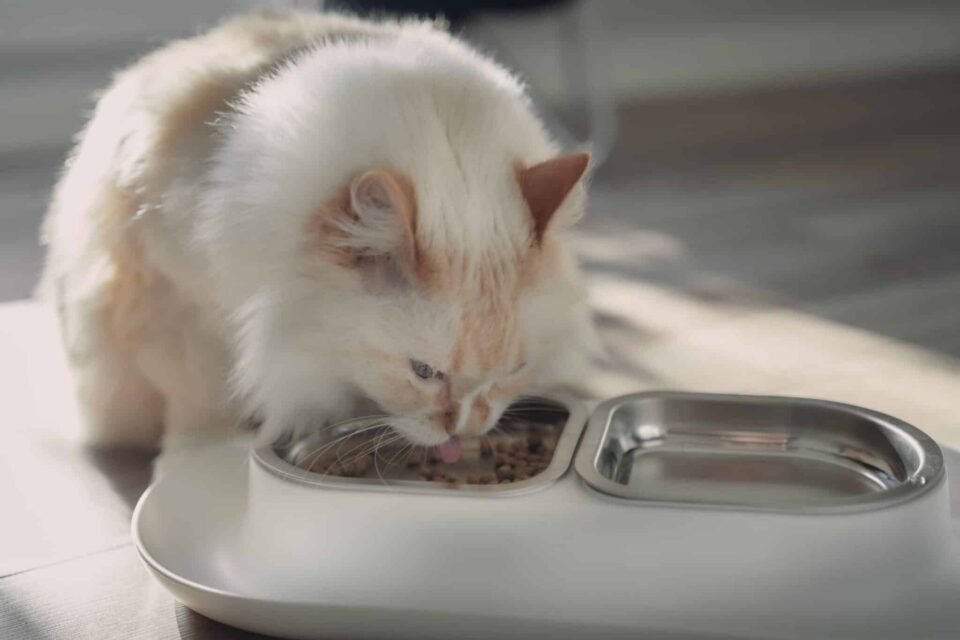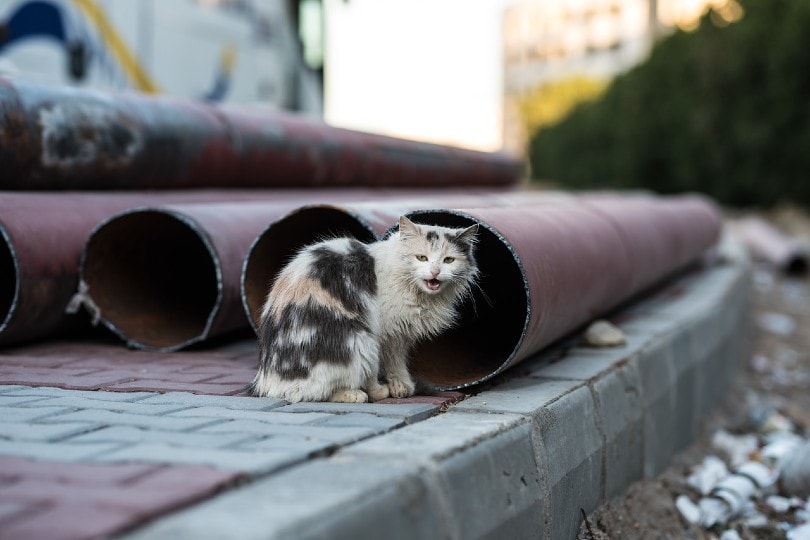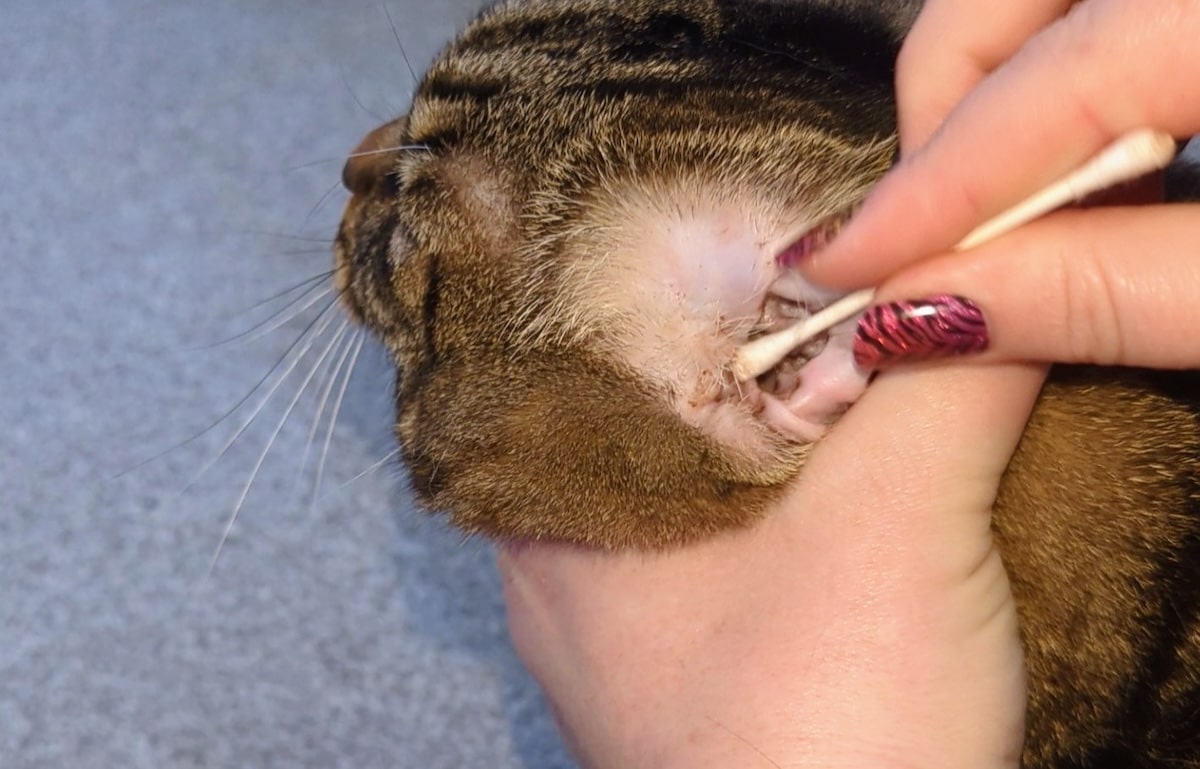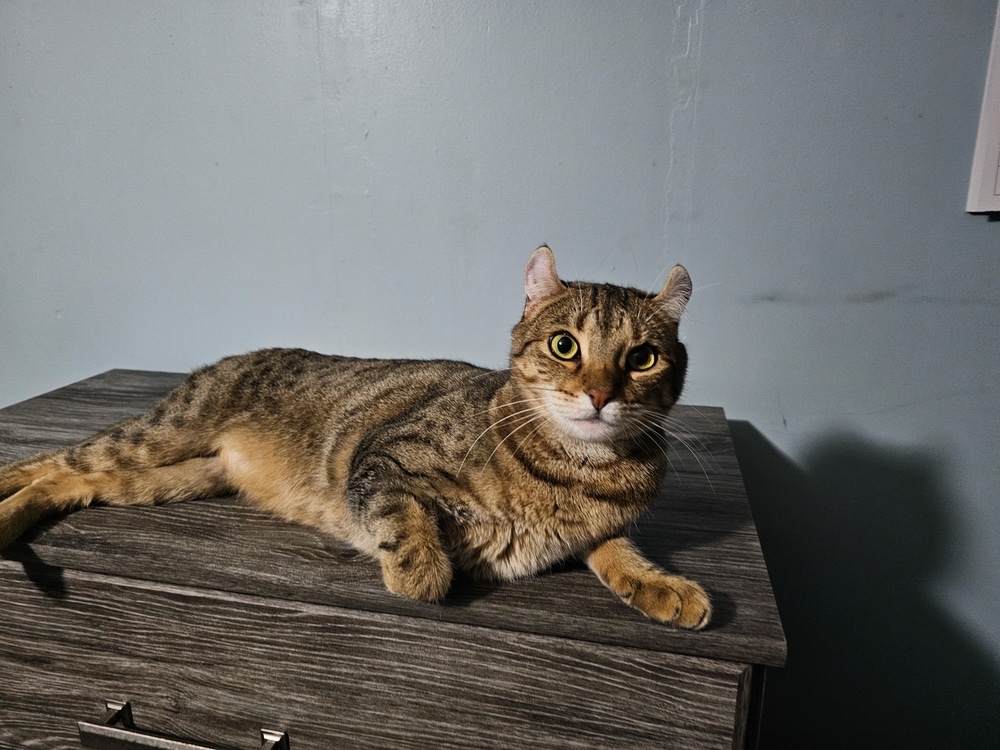Your adorable furball has suddenly decided that the carpet is a better place for a bathroom break than the litter box. Frustrating, right? But before you see red, know that there’s often more to this feline mystery than meets the eye.
Cats won’t just switch their bathroom location to spite you. It’s crucial to consider health-related reasons first. Urinary issues like kidney disease, diabetes, and infections might be driving your cat to avoid the litter box. And let’s not forget older cats who might find high-sided boxes tricky due to achy joints. So, always suspect a medical cause when your cat’s bathroom habits go awry and set up that vet appointment pronto.
Meanwhile, your cat’s spotless litter box isn’t just about aesthetics. A clean box can make all the difference. Cats are particular, and if that box isn’t pristine, they’ll look elsewhere. If you own multiple whiskered pals, remember each cat prefers its kingdom—meaning its own box plus one more. Be sure to scoop daily; even a seemingly clean box might smell odd to that sensitive nose.
On the flip side, your furry friend might be sending you a message about stress or anxiety. Another pet in the house could be the culprit, making your cat feel uneasy while using the litter box. Create a sanctuary for your pet—especially if you have a dog—their own peaceful corner where their kitty business can be completed in privacy.
The location of the litter box might also contribute to the problem. If your older cat struggles to access a box in the basement or next to a noisy appliance, they might just find the carpet more convenient. A quiet, easy-to-reach spot is ideal. Remove any barriers like high walls or complex doors which might increase your cat’s mobility problems.
A full house can lead to trouble, especially with multiple cats battling over space. Each cat needs its territory, complete with a litter box, bed, bowls, and scratching post. Consider pheromone diffusers to ease tensions. However, ensure your home allows your cats to be social but also retreat when needed.
Let’s talk litter. Not every type suits every cat. Some cats won’t appreciate dust-heavy or non-clumping varieties. Experiment to find the type that your pet prefers.
Lastly, if you encounter that shocking urine spot, distinguish between urination and spraying. Neutering or spaying can often be the fix if your little friend is marking their turf. Spraying, especially in male or female cats, can indicate stress, so keep that in mind too.
Identifying why your cat is opting for the carpet instead of the litter box requires detective work and patience. Rule out medical issues first, and then explore possible behavioral or environmental problems. Remember, with the right approach and care, your cat will find their way back to using the litter box consistently. Don’t delay speaking to a vet or feline behaviorist if the issue persists.
